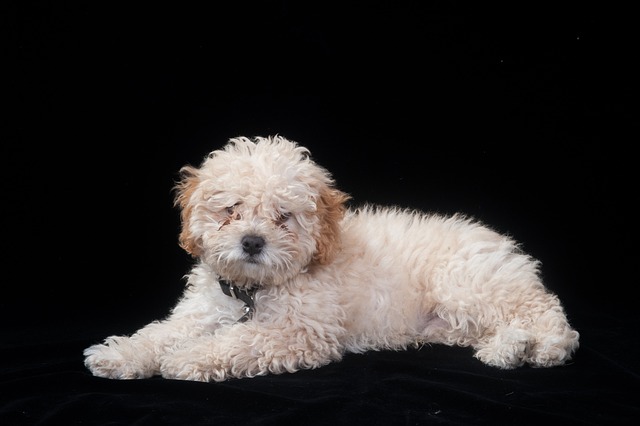
How can I tell if my dog's heatstroke is serious
Let’s be real: It’s a sticky August morning in Los Angeles, and you took your 2-year-old Golden Retriever, Max, for a walk a little later than usual
Finding clumps of your dog’s fur on the couch, in your laundry, or even on your morning coffee mug is frustrating—especially when you’re not sure why it’s happening. For new dog owners, excessive shedding can feel like a never-ending battle, but the solution might be simpler than you think: adjusting their diet. Not all hair loss is normal, and the right foods can help keep your pup’s coat shiny and reduce those unwanted fur piles around your home.
The science behind it boils down to nutrients: a dog’s coat health depends on key ingredients like omega-3 and omega-6 fatty acids, protein, and vitamins A and E. If their food is missing these, their skin can get dry, itchy, and flaky—and that leads to more shedding. For example, a dog eating a low-protein kibble might start losing hair because protein builds strong fur follicles. Similarly, omega-3s (found in fish like salmon) soothe inflammation, which is often the cause of excessive hair loss from skin irritation. Veterinarians often see this in dogs fed generic, low-quality foods that cut corners on these essential nutrients.
 Choosing the right food starts with reading labels—look for kibble or wet food where a high-quality protein is the first ingredient. Avoid foods with lots of fillers, like corn or wheat, which offer little nutrition for coat health. You can also add small, safe supplements to their meals: a teaspoon of fish oil mixed into their food a few times a week, or a sprinkle of cooked, plain pumpkin (which has vitamin A) works well. For dogs with sensitive stomachs, try limited-ingredient diets—these reduce the risk of food allergies, another common cause of hair loss. Just introduce new foods slowly over 7-10 days to avoid upset tummies.
Choosing the right food starts with reading labels—look for kibble or wet food where a high-quality protein is the first ingredient. Avoid foods with lots of fillers, like corn or wheat, which offer little nutrition for coat health. You can also add small, safe supplements to their meals: a teaspoon of fish oil mixed into their food a few times a week, or a sprinkle of cooked, plain pumpkin (which has vitamin A) works well. For dogs with sensitive stomachs, try limited-ingredient diets—these reduce the risk of food allergies, another common cause of hair loss. Just introduce new foods slowly over 7-10 days to avoid upset tummies.
While diet is key, don’t forget to tie it to responsible pet care rules. Before changing your dog’s food, check in with your vet—they can rule out other causes of hair loss, like parasites or skin infections, and make sure the new diet meets your dog’s specific needs. Also, if you take your dog to dog parks or daycares, keep an eye on their coat—excessive scratching there might mean they picked up something, which a vet should address. And remember, even with the right food, regular brushing (2-3 times a week) helps remove loose fur and keeps their coat healthy—this is especially important for apartment dwellers to keep fur from building up in small spaces.
Feeding your dog food that supports their coat isn’t just about less shedding—it’s about keeping them happy and healthy overall. With the right nutrients, you’ll notice their fur gets softer, shinier, and less likely to end up all over your home. It might take a few weeks to see a difference, but being consistent with their diet and checking in with your vet will pay off. Before you know it, you’ll spend less time vacuuming fur and more time enjoying snuggles with your pup—without the extra mess.

Let’s be real: It’s a sticky August morning in Los Angeles, and you took your 2-year-old Golden Retriever, Max, for a walk a little later than usual

You're enjoying a summer afternoon at the park when you notice your dog has stopped panting and appears disoriented - their gums are bright red

Let’s paint the picture: You’re in your Denver apartment, watching your 4-year-old Boston Terrier, Ruby, plop down mid-play session with her favorite toy

Many dog owners notice their pets nails seem shorter after regular walks,but how much does this daily activity actually help?The answer depends on where you walk—concrete sidewalks or asphalt streets gently file nails as a dog's paws hit the ground

Most dog owners notice their pup scooting across the carpet at some point, but few connect it to impacted anal glands. These small sacs near a dog’s rectum secrete a scent for marking territory

Most vets agree that regular dog teeth cleaning is key to avoiding painful dental issues later. For healthy adult dogs, a professional cleaning at the vet’s office every 12 to 18 months usually works well.